Rice, cultivation and harvesting technology
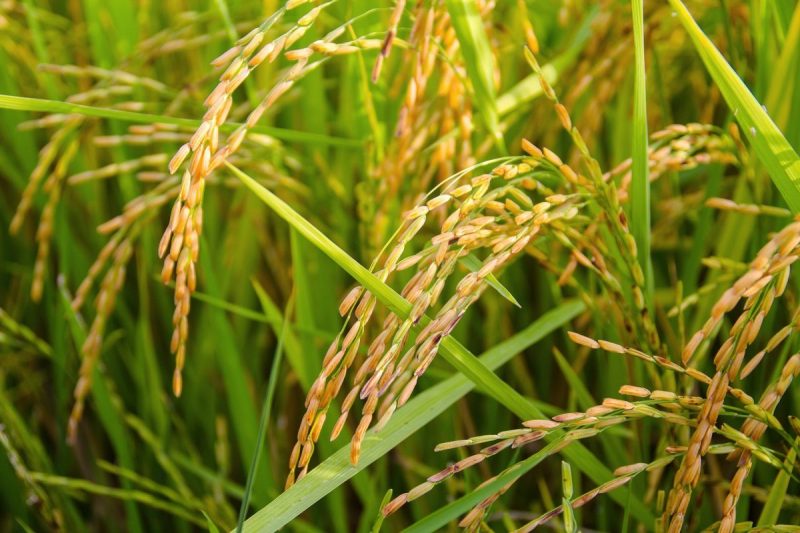
Rice (Oryza sativa) – is one of the most important crops, along with wheat. The main use of rice is in human nutrition. Rice can be prepared easily, it have a high nutritional value and a higher degree of digestibility than other grains. In addition, rice can also be used for the production of alcoholic beverages (sake, beer), in the pharmaceutical industry, for fodder, etc.
Botanical characteristics
Rice plants are characterized by narrow leaves, a panicle-type inflorescence, which bears unifloral spikelets at the top. The grains are covered with a husk. An important characteristic of rice is its strong tillering. This process takes place 10-15 days after sprouting. As a rule, each rice plant forms 3-6 fertile shoots.
The rice plant forms air pathways at the level of the roots, straw and leaves, with the help of which the oxygen necessary for the breathing of the underground organs is ensured, if the land is covered with water.
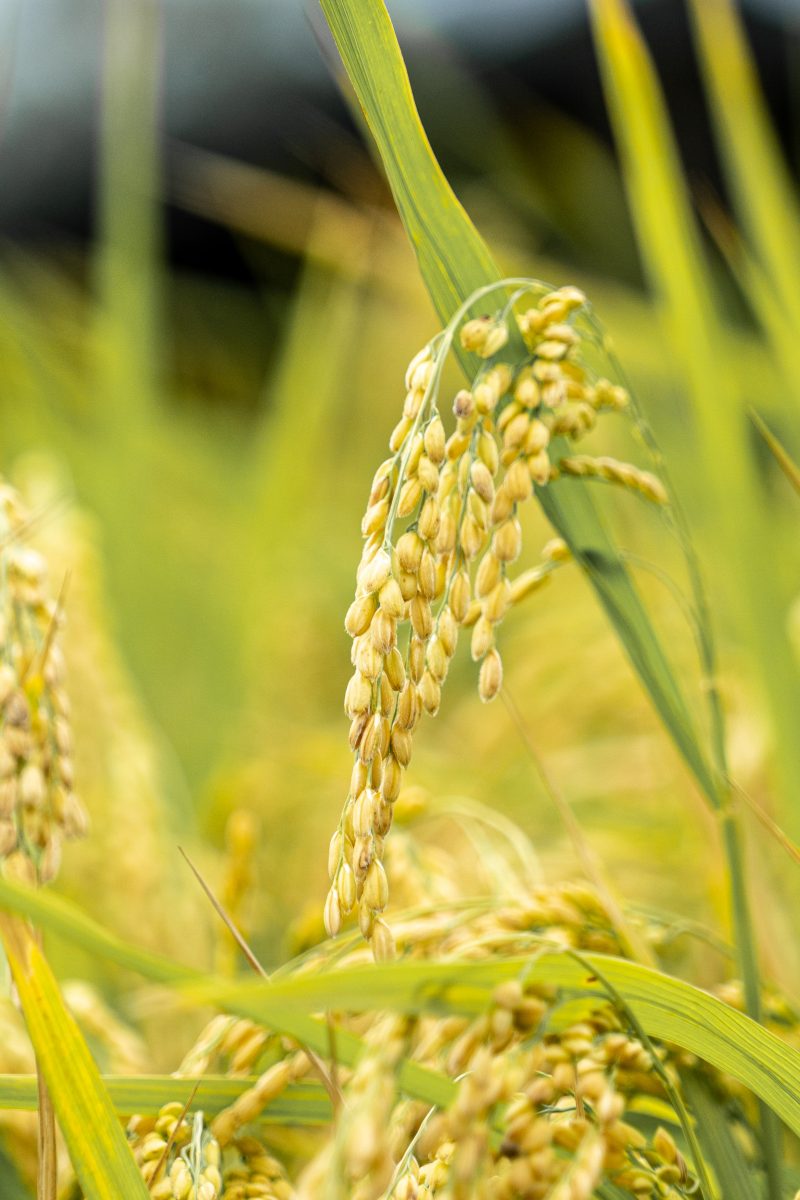
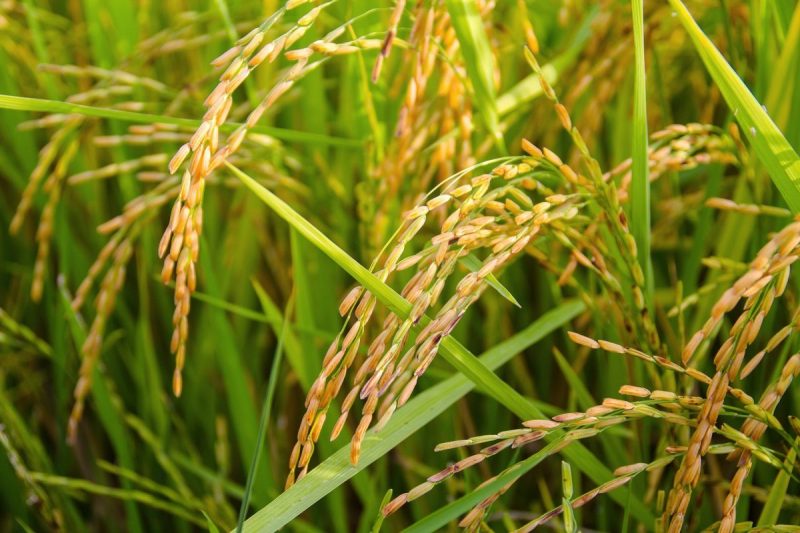
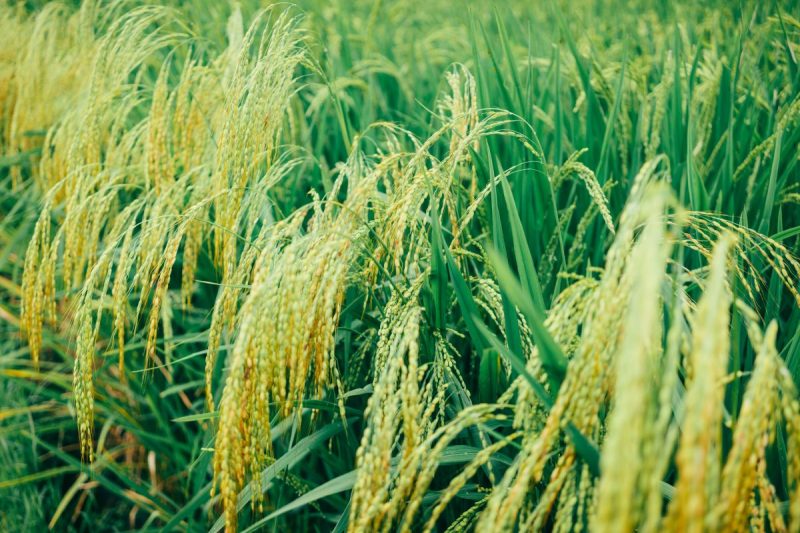
Climate and soil requirements
Temperature
It is a crop with high requirements for heat, with minimum temperatures of 20 ℃ being necessary in the June-August period. The seeds begin to germinate at a temperature of approximately 10-12 ℃, and during the flowering period, rice plants need temperatures between 27-32 ℃. Temperatures below 15 ℃, during the flowering period, cause the flowers to fall, having a negative influence on production.
Humidity
Rice plants are very picky in terms of water. In the regions where the rice crops are not irrigated, monthly precipitation of 160-300 mm or 1,000-1,800 mm is necessary for the entire vegetative growth period, evenly distributed. In the case of irrigated crops, norms of about 30-40,000 ㎥ water/ha are necessary.
In temperate areas, where sudden temperature fluctuations may occur during the hot season, rice can only be cultivated in a layer of water, which has a thermoregulatory role.
Light
Rice plants have high light requirements. In years with many cloudy days, rice production decreases. The minimum sunshine requirement is 1,000 hours.
Soil
Rice prefers heavy soils, with a clay content of about 40%, slightly permeable, with a pH of 6-7. Cultivation is not recommended on sandy, permeable soils, which can cause high water consumption. Rice plants can also be planted on unproductive, problematic soils.
Culture technology
Crop rotation
The rice crop needs to be located on specially prepared lands, provided with canals for water supply and canals for water drainage. For this reason, it is desirable to cultivate rice for as long as possible in this type of areas. However, since rice can tolerate monoculture, this period should not be longer than 4 years. Otherwise, negative effects may occur on the soil: acidification, compaction, loss of nutrients, weeding.
Fertilizing
Rice reacts very well to the application of fertilizers, since the nutrients are washed away from the soil with the irrigation water. Doses are established following agrochemical analysis of the soil, depending on the expected harvest and the requirements of the plants in certain phases of vegetation.
Nitrogen fertilizers can be administered fractionally, ⅔ of the total dose before sowing, with the rest being applied during the vegetative growth period (the 7-9 leaf stage). Phosphorus can be administered in autumn or spring, before sowing, and potassium can be applied completely before sowing or fractionally, like nitrogen.
Recommended products
-
You can find products on a different store
Change Store -
You can find products on a different store
Change Store -
You can find products on a different store
Change Store -
You can find products on a different store
Change Store -
You can find products on a different store
Change Store -
You can find products on a different store
Change Store -
You can find products on a different store
Change Store -
You can find products on a different store
Change Store -
You can find products on a different store
Change Store -
You can find products on a different store
Change Store -
You can find products on a different store
Change Store -
You can find products on a different store
Change Store -
You can find products on a different store
Change Store -
You can find products on a different store
Change Store -
You can find products on a different store
Change Store -
You can find products on a different store
Change Store -
You can find products on a different store
Change Store -
You can find products on a different store
Change Store -
You can find products on a different store
Change Store -
You can find products on a different store
Change Store -
You can find products on a different store
Change Store -
You can find products on a different store
Change Store -
You can find products on a different store
Change Store -
You can find products on a different store
Change Store
Soil works
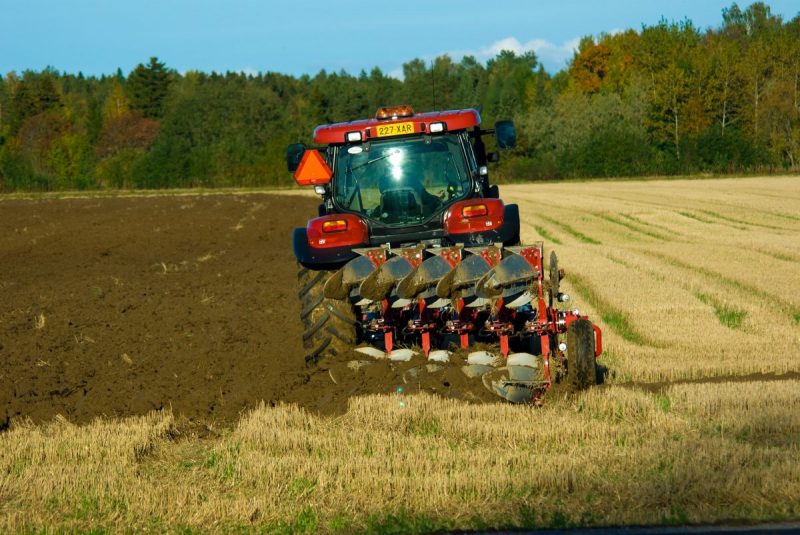
In autumn, plowing is carried out, at a depth of 23-25 cm on normal soils and 28-30 cm on light soils. In certain situations, if the soil is infested with hard-to-control weeds (those with rhizomes), in spring, a second plowing (superficial) can be carried out, after the rhizomes have been removed and exposed to the negative temperatures, through autumn plowing. Periodically, soil scarification is recommended, especially in old rice paddies or those with strongly compacted, impermeable soil. In spring, a work is carried out with a disc harrow in aggregate with a tine harrow.
Another important work is land levelling. Maintenance levelling is carried out annually and has the role of correcting the unevenness resulting from other mechanical works.
Seeds and sowing
The seeds must have a physical purity of at least 98% and a germination capacity of at least 80%. Sowing can be done on dry land or in a layer of water.
Sowing in a layer of water is the most widely used, because it offers the advantage of shortening the vegetative growth period by 10-15 days, when using pre-germinated seeds, sown earlier. Sowing on dry land is done through seed spreading, using universal seeders. Later, the land can be rolled, to avoid the movement of the seeds during flooding.
In the environmental conditions of countries with a temperate climate, the sowing work can take place when the soil temperature reaches 10-12 ℃.
Weed control
It is an important work in rice crops, weed sprouting being favored by the presence of the water layer.
Weed control can be done before sowing, applying specific herbicides, approved for the rice crop. However, during the vegetative growth period, a correction herbicide application may be necessary. Before applying the herbicide, the water is completely drained from the respective plot, and shortly after the treatment, it will be irrigated again, so that the water layer does not exceed 15-20 cm. Later, after 6-8 days, the water layer can return to its normal thickness.
Recommended products
-
You can find products on a different store
Change Store -
You can find products on a different store
Change Store -
You can find products on a different store
Change Store -
You can find products on a different store
Change Store -
You can find products on a different store
Change Store -
You can find products on a different store
Change Store -
You can find products on a different store
Change Store -
You can find products on a different store
Change Store -
You can find products on a different store
Change Store -
You can find products on a different store
Change Store -
You can find products on a different store
Change Store -
You can find products on a different store
Change Store -
You can find products on a different store
Change Store -
You can find products on a different store
Change Store -
You can find products on a different store
Change Store -
You can find products on a different store
Change Store -
You can find products on a different store
Change Store -
You can find products on a different store
Change Store -
You can find products on a different store
Change Store -
You can find products on a different store
Change Store -
You can find products on a different store
Change Store -
You can find products on a different store
Change Store -
You can find products on a different store
Change Store -
You can find products on a different store
Change Store
Controlling diseases and pests
The most common diseases that can appear in rice crops are: bacterial blight, brown spot, Fusarium wilt. Among the pests, the most common are: the Asian rice gall midge, the dark rice field mosquito, slugs.
Irrigation
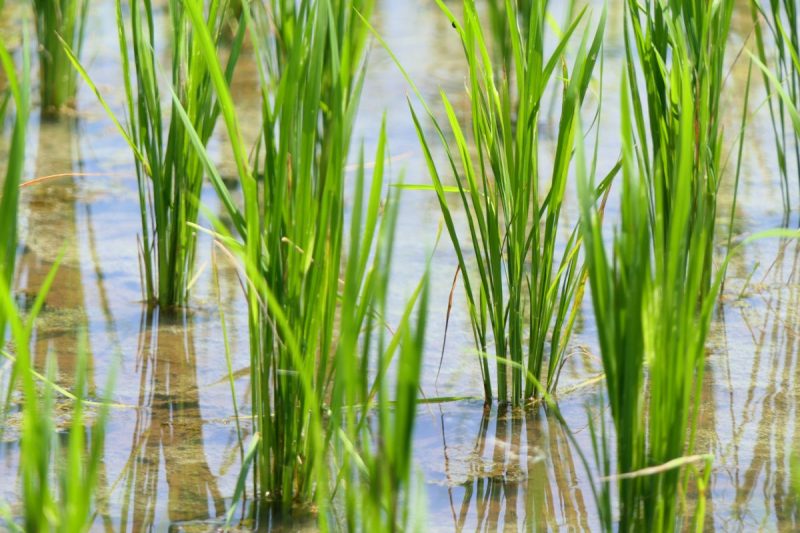
It is an important link in rice cultivation. In countries with a temperate climate, the applied irrigation regime is intermittent irrigation with variable water levels. Thus, in the case of sowing in a layer of water, 1-2 days before sowing, the plot will be flooded with 10 cm of water. 6-8 days after sowing, the water is drained for 48 hours, to favor the rooting of the seedlings. Then, the land will be flooded again, gradually increasing the thickness of the water layer. During the tillering period, in order to ensure the necessary oxygen for the plants, the water level must be lowered to 3-4 cm. After that, the water level rises gradually, initially at 10-15 cm, then up to a maximum of 20-25 cm in the panicle-flowering phase. During the period of grain formation, the level of the water layer will be reduced to 10-15 cm, and in the phase of maturity (the wax phase), the water supply will stop. The complete evacuation of water will take place 10-15 days before harvesting.
Harvesting
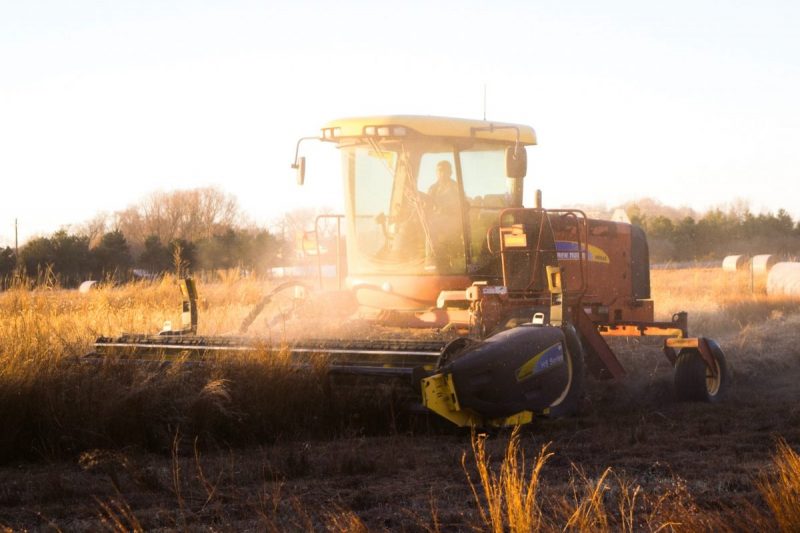
Harvesting is done when the grains at the top of the plants are in the full ripening phase (humidity 18-20%). According to the calendar, the plants are harvested between September and October. This operation can be carried out with the help of the straw combine, directly from the field.
In certain situations, when the ripening is delayed or uneven, the harvesting can take place in stages. More precisely, when the grains have a humidity of 26-28%, the plants are cut at a height of 20 cm. Then, when the grains reach 15-17% moisture, the plants are threshed with the help of the combine equipped with a furrow breaker.















































































































































































































































































































































































































































